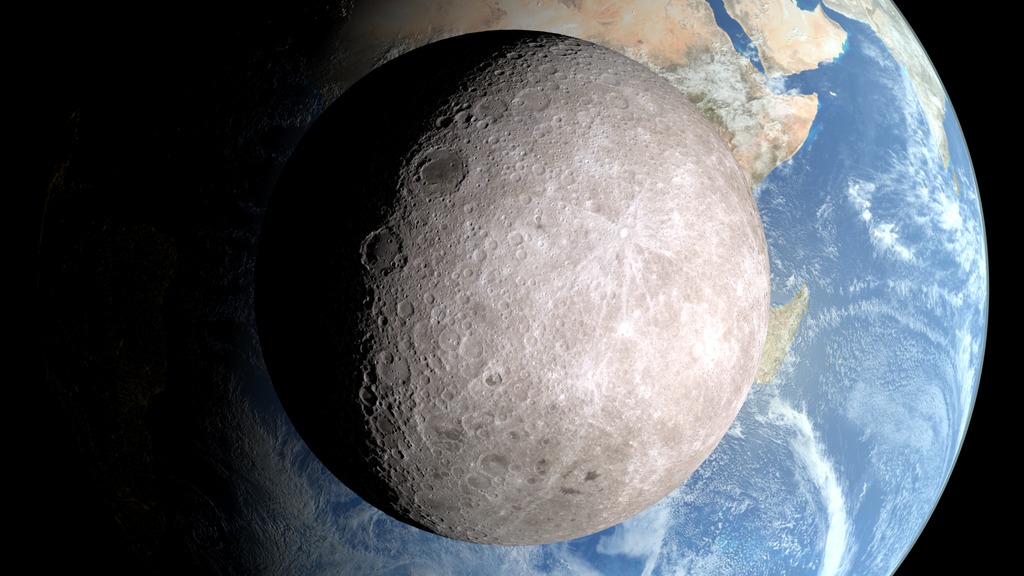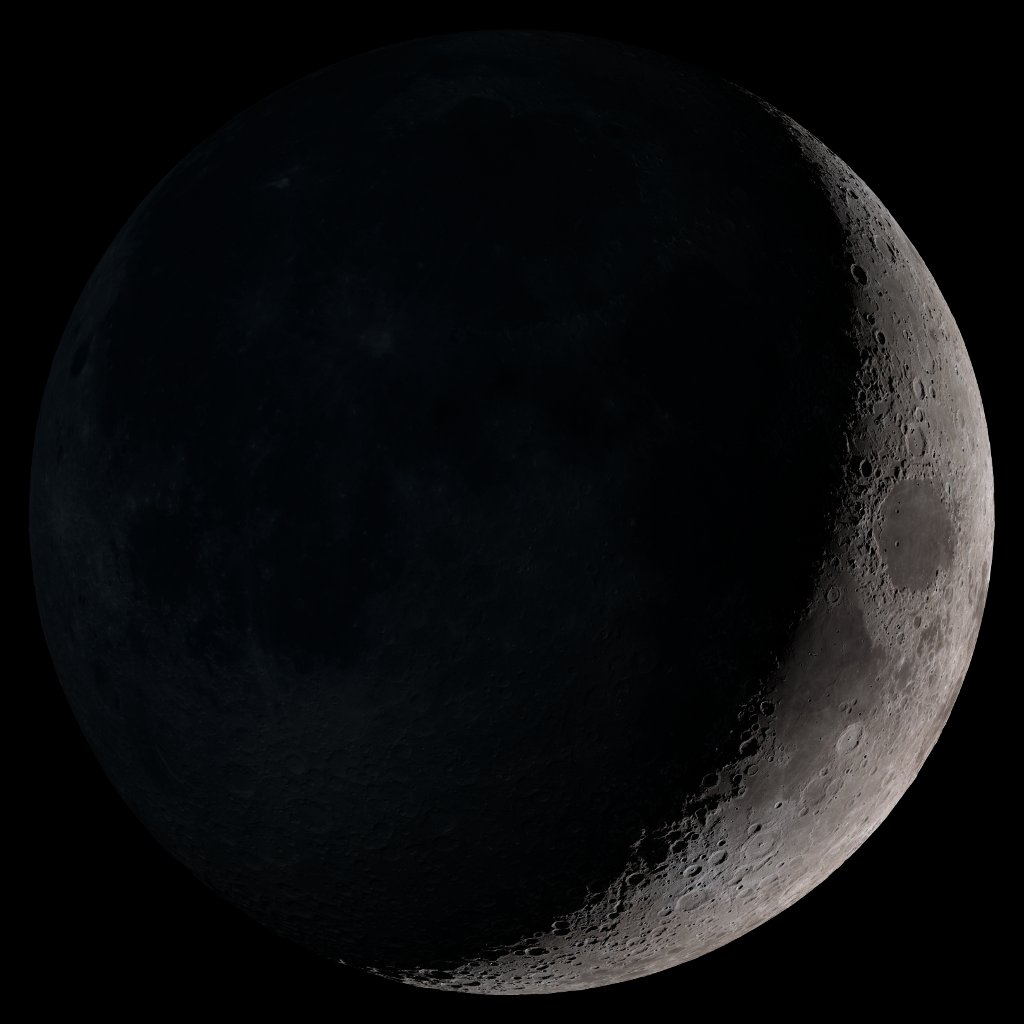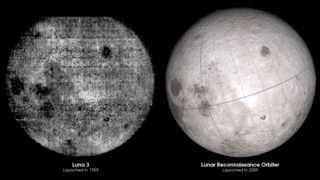The Moon’s Far Side

A NASA spacecraft provides a new look at a place humans could only dream of seeing a few decades ago.
What does the far side of the moon look like? Until the mid-20th century, no human in history had known the answer. But that all changed in 1959, when the Soviet Union’s Luna 3 spacecraft launched into space. In October of that year, the probe traveled to the moon’s far side and transmitted the first grainy images of its surface to Earth. More than fifty years later, our view of the moon has greatly improved thanks to observations by NASA’s Lunar Reconnaissance Orbiter (LRO). The spacecraft has been orbiting the moon since 2009, collecting hundreds of terabytes of data that allow scientists to create extremely detailed maps of its topography—including the moon's mysterious far side. Watch the video for a new look at this hidden terrain.
This visualization created from LRO data shows views of the moon’s far side over the course of one year.

The first image of the moon’s far side (above) was captured by the Luna 3 probe in 1959.

This updated view of the far side was produced from measurements of the moon's surface made by NASA's LRO spacecraft.

Just like the near side, the appearance of the far side cycles through phases due to the changing angle of the sun as the moon orbits Earth.
Credits
Please give credit for this item to:
NASA's Scientific Visualization Studio
-
Animator
- Ernie Wright (USRA)
-
Producer
- David Ladd (USRA)
-
Scientists
- John Keller (NASA/GSFC)
- Noah Petro (NASA/GSFC)
-
Writer
- Ernie Wright (USRA)
Release date
This page was originally published on Thursday, February 12, 2015.
This page was last updated on Tuesday, November 14, 2023 at 12:19 AM EST.


